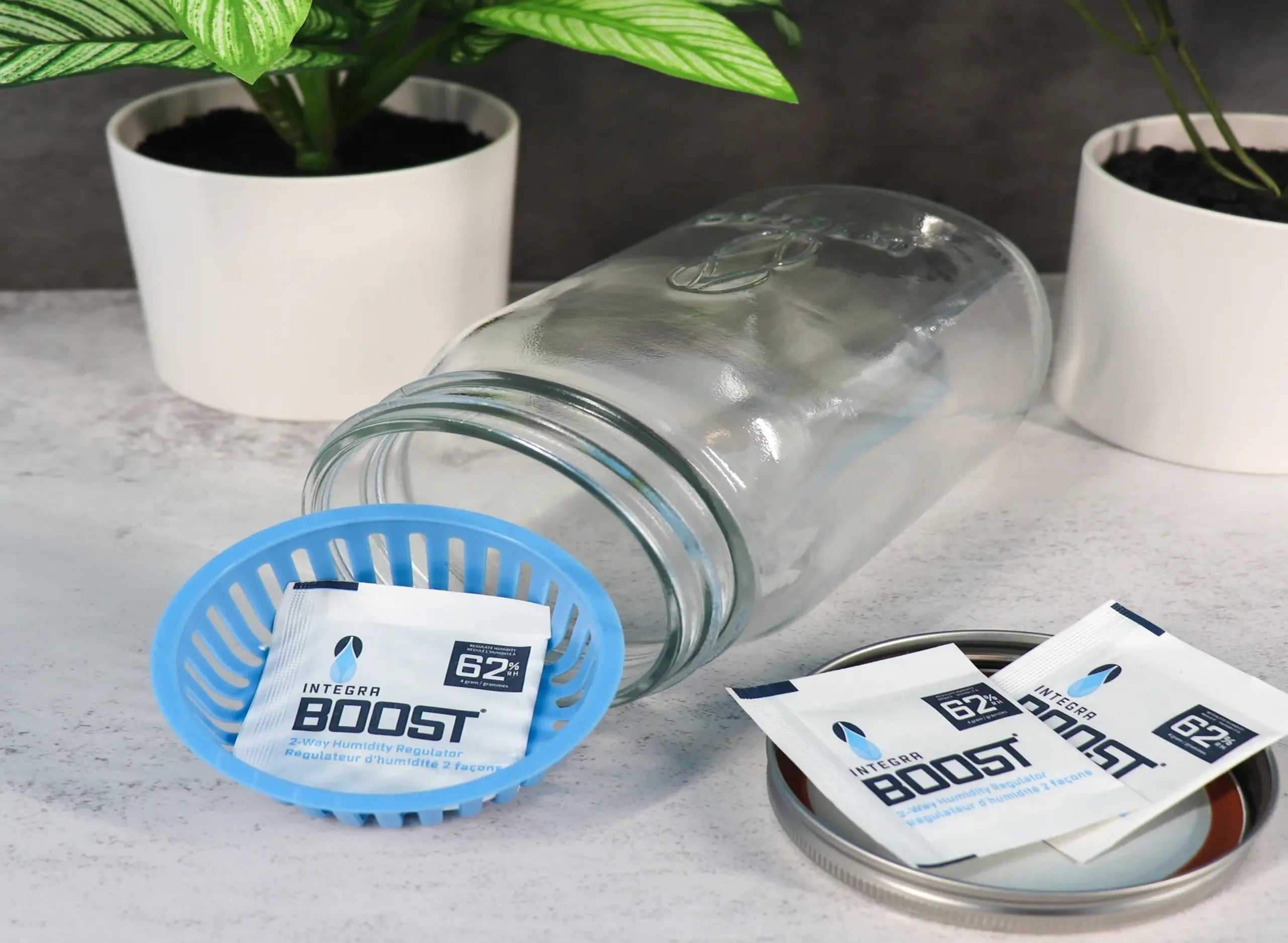Table of Contents
Understanding Measurements: The Concept and Size of a Quarter
The term "quarter" appears in numerous contexts, from currency to measurements and fractions. Understanding what a quarter is and how long or large a quarter can be depends entirely on the context in which it's used. This comprehensive guide explores the various definitions and applications of quarters across different fields.
The Quarter as Currency: Dimensions and Specifications
When most people ask "what is a quarter size," they're often referring to the U.S. quarter-dollar coin. The modern U.S. quarter has specific physical dimensions:
- Diameter: 24.26 mm (0.955 inches)
- Thickness: 1.75 mm (0.069 inches)
- Weight: 5.67 grams
- Composition: 91.67% copper, 8.33% nickel (outer layers) with a pure copper core
These specifications make the quarter a convenient reference point for size comparisons in everyday life. Many small objects are often described as "quarter-sized" to give a quick visual reference.
The Quarter as a Fraction: Mathematical Understanding
In mathematical terms, a quarter represents one-fourth (1/4) or 25% of a whole. This concept applies across various mathematical operations:
Common Quarter Fraction Examples
When asking "what is a quarter of 9," we're calculating 9 ÷ 4 = 2.25. Similarly, other fractional relationships include:
- Half a quarter (1/8): Represents half of one-fourth, or one-eighth of the whole
- Two-thirds (2/3): Not directly related to a quarter, but equals approximately 0.667 or 66.7% of a whole
Understanding these fractional relationships is essential for cooking, construction, and various measurement applications.
Quarter Inch Measurements and Conversions
The quarter inch is a common unit in imperial measurement systems, particularly in construction and woodworking. When asking "what is a quarter inch in millimeters," the conversion is straightforward:
- 1/4 inch = 6.35 millimeters
This conversion is crucial for projects requiring precise measurements, especially when working with materials from different countries that may use metric or imperial systems.
Quarter-inch increments are commonly found on tape measures and rulers in countries that use the imperial system, making them a fundamental unit for construction and DIY projects.
The Quarter Ounce in Various Contexts
A quarter ounce equals 7.0874 grams in the metric system. This measurement is commonly used in several contexts:
Culinary Applications
In cooking, a quarter ounce is often used for spices, extracts, or other ingredients that are used in small quantities. Many recipe conversions require understanding how quarters relate to ounces for proper measurement.
Cannabis Measurement
In cannabis contexts, a quarter refers to a quarter ounce, which equals approximately 7 grams. Understanding what a quarter ounce means is important for both consumers and retailers in this industry.
Quarter Pound Measurements and Applications
A quarter pound equals 4 ounces or approximately 113.4 grams. This measurement is commonly used in:
- Food service (quarter-pound hamburgers)
- Retail packaging for various products
- Postal and shipping weight calculations
For more precise conversions, it's helpful to understand how many grams are in a quarter pound across different contexts.
Practical Applications of Quarter Measurements
Understanding quarter measurements has numerous practical applications in daily life and various industries:
Construction and DIY
Quarter-inch increments are standard on measuring tools and crucial for precise fitting of materials. When working with international specifications, knowing what a quarter inch equals in millimeters ensures accuracy.
Cooking and Baking
Recipe conversions often involve quarter measurements for both volume and weight. Understanding what is in a quarter cup or what a quarter teaspoon represents ensures proper ingredient proportions.
Retail and Packaging
Product packaging often uses quarter measurements for standardization. Compliance with safety standards requires precise measurements, especially for regulated products where specific quantities must be accurately measured.
In packaging design, understanding precise measurements is crucial not only for aesthetics but for safety. Child-resistant packaging designs rely on specific dimensional requirements to create mechanisms that are difficult for children to open while remaining accessible to adults.
The concept of quarters, whether in dimensions, weight, or volume, forms a fundamental part of measurement systems across multiple industries. From determining what size is a quarter coin to calculating what a quarter of a specific measurement equals, these fractional concepts provide a framework for precision in everything from cooking to construction and manufacturing.











Leave a comment
All comments are moderated before being published.
This site is protected by hCaptcha and the hCaptcha Privacy Policy and Terms of Service apply.